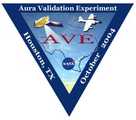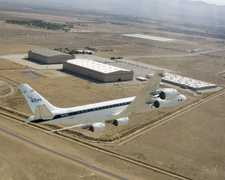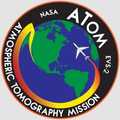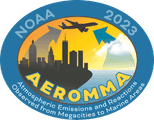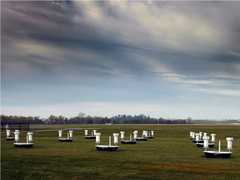The NOAA Chemical Ionization Mass Spectrometer (NOAA-CIMS) is an in situ airborne spectrometer developed by NOAA. It was designed to provide high-precision measurements of reactive nitrogen and halogen species such as nitric acid, nitric oxide, and bromine chloride in the upper atmosphere. It can also provide measurements of ozone and water vapor concentrations. NOAA-CIMS has a detection limit of 30 pptv and a temporal resolution of 1 second.
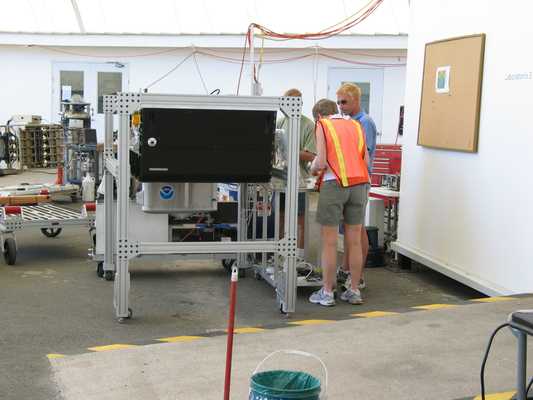

Instrument Details
- Spectrometer/Radiometer
- Earth Science > Atmosphere > Atmospheric Water Vapor > Water Vapor Indicators > Water VaporEarth Science > Atmosphere > Atmospheric Chemistry > Nitrogen Compounds > Nitric AcidEarth Science > Atmosphere > Atmospheric Chemistry > Nitrogen Compounds > Nitric OxideEarth Science > Atmosphere > Atmospheric ChemistryEarth Science > Atmosphere > Atmospheric Chemistry > Nitrogen CompoundsEarth Science > Atmosphere > Atmospheric Chemistry > Oxygen Compounds > OzoneEarth Science > Atmosphere > Atmospheric Chemistry > Halocarbons And HalogensEarth Science > Atmosphere > Atmospheric Chemistry > Halocarbons And Halogens > Chlorine NitrateEarth Science > Atmosphere > Atmospheric Chemistry > Halocarbons And Halogens > Bromine Monoxide
- Lower Stratosphere, Troposphere
- 1 s
- Point
- N/A
- Currently unavailble
Joshua Schwarz, Thomas Ryerson, Patrick Veres
Thomas Ryerson
NOAA
NOAA
Filter data products from this instrument by specific campaigns, platforms, or formats.
CAMPAIGNS
PLATFORMS
FORMATS




